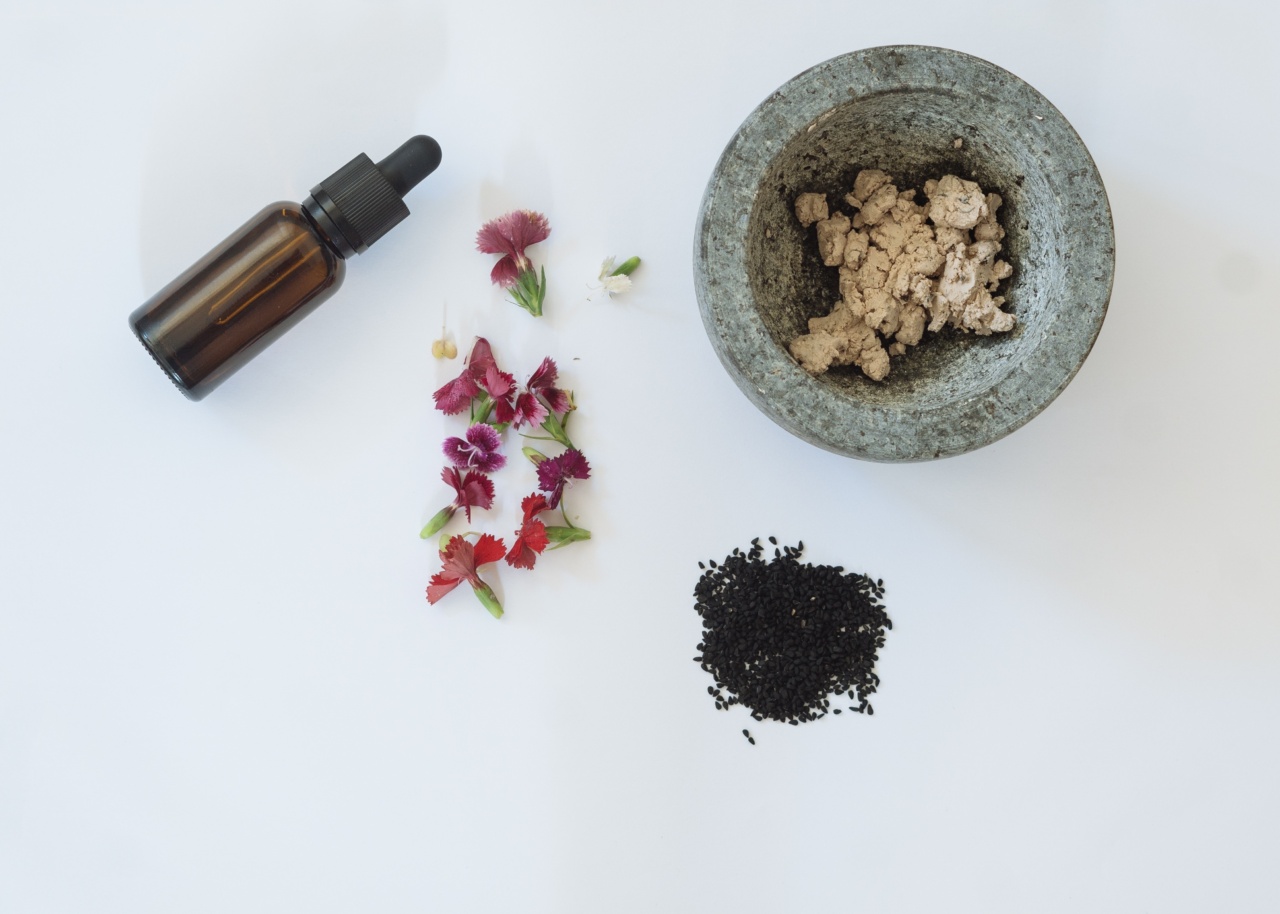Dermatitis is a skin condition that causes inflammation and irritation. It can be caused by a variety of factors including exposure to toxic substances. Many beauty products contain toxic ingredients that can cause dermatitis.
In this article, we will explore the link between dermatitis and toxic ingredients in beauty products.
What are toxic ingredients?
Toxic ingredients are substances that can cause harm to the body. In the beauty industry, toxic ingredients are often used as preservatives, fragrances and colors.
They can be found in various beauty products such as makeup, skincare products, hair products, and fragrances. Some of the most common toxic ingredients in beauty products include:.
- Parabens
- Phthalates
- Formaldehyde and formaldehyde-releasing preservatives
- Synthetic fragrances
- Triclosan
- Sodium lauryl sulfate
- Polyethylene glycol
- Polypropylene glycol
- Polyethylene terephthalate
- BHA and BHT
How do toxic ingredients cause dermatitis?
Toxic ingredients in beauty products can cause dermatitis through contact with the skin. When a person uses a beauty product that contains toxic ingredients, the skin is exposed to these substances.
The skin may react to the toxic ingredients, causing a variety of symptoms including itching, redness, and inflammation.
Who is at risk of toxic ingredient-induced dermatitis?
Anyone can develop dermatitis as a result of exposure to toxic ingredients in beauty products. However, certain groups of people are more at risk of developing this condition:.
- People with sensitive skin
- People with allergies or asthma
- People who use a lot of beauty products
- People who work in the beauty industry
How can you prevent toxic ingredient-induced dermatitis?
The best way to prevent toxic ingredient-induced dermatitis is to avoid products that contain toxic ingredients. Here are some tips to help you do that:.
- Read product labels carefully and avoid products that contain toxic ingredients
- Choose natural and organic beauty products that are free of toxic ingredients
- Avoid using too many beauty products on your skin
- Test new beauty products on a small area of skin before using them all over your body
Treating toxic ingredient-induced dermatitis
If you develop dermatitis as a result of exposure to toxic ingredients in beauty products, there are several things you can do to treat your symptoms:.
- Stop using the product that caused your dermatitis
- Use a gentle, fragrance-free moisturizer to soothe your skin
- Apply a hydrocortisone cream to reduce inflammation
- Take an antihistamine to reduce itching
- Avoid scratching your skin
- If your symptoms persist, see a dermatologist for further treatment
The importance of using safe beauty products
Using safe beauty products is important for your overall health and wellbeing. Toxic ingredients in beauty products can have harmful effects on your skin and body. They can cause dermatitis, allergies, and even cancer.
By choosing natural and organic beauty products that are free of toxic ingredients, you can protect your skin and body from harm.
Conclusion
Dermatitis caused by toxic ingredients in beauty products is a real concern for many people. By avoiding products that contain toxic ingredients and using safe, natural beauty products, you can protect your skin from harm.
If you do develop dermatitis as a result of exposure to toxic ingredients, there are several things you can do to treat your symptoms. It’s important to take dermatitis seriously and seek medical attention if your symptoms persist.





























